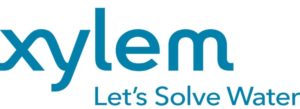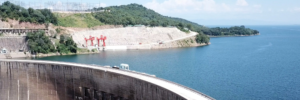U.S. Water Utilities Deploy PFAS Treatment Technologies to Safeguard Drinking Water for Communities
PFAS chemicals are human-made but have become widespread in some water sources across the country and can have potentially harmful effects on human and animal health. Latest estimates from the U.S. Environmental Protection Agency’s (EPA) monitoring program show that one in four public drinking water systems contain PFAS concentrations at or above minimum reporting levels.
Xylem (NYSE: XYL) is working with municipal and industrial customers to address this challenge, with more than 80 PFAS mitigation installations in the U.S. alone.
For example, Stratmoor Hills Water District (SHWD), which oversees a combination of surface and groundwater sources in the foothills of Cheyenne Mountain in Southern Colorado Springs, has deployed selective ion exchange treatment aimed at countering the threat of PFOA and PFOS – two of the most commonly identifiable PFAS compounds of concern. Using selective single-use ion exchange technology, the utility has reduced contaminants to levels below compliance limits and mitigated water quality issues for its customers.
In Maine, the Kennebunkport, Kennebunkport & Wells Water District (KKWWD) took a proactive approach when it detected PFAS in one of its system’s supply wells. KKWWD worked with Xylem to deploy a granular activated carbon system that has treated more than 200 million gallons of water to meet the utility’s drinking water treatment goals.
Elsewhere in California, the Orange County Water District (OCWD) deployed over 30 liquid-phase media adsorption vessel systems to treat for PFAS, following a change in California law in 2020. The vessels were connected to existing drinking water wells to allow individual water districts to continue delivering drinking water in compliance for its more than 2.5 million customers.
“The experience of these early adopters demonstrates that with the right technology and expertise, utilities can meet treatment and compliance goals cost-effectively for their communities,” said Snehal Desai, Senior Vice President, Chief Growth and Innovation Officer at Xylem.
Source: Xylem Inc.







